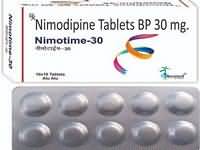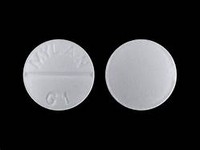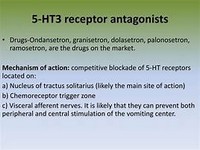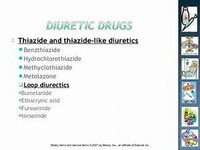nimodipine

CLINICAL USE
Calcium-channel blocker:Prevention and treatment of ischaemic neurological deficits following subarachnoid haemorrhageDOSE IN NORMAL RENAL FUNCTION
Prevention: 60 mg orally every 4 hours Treatment via central catheter: 1 mg/hour initially, increased after 2 hours to 2 mg/hour. If BP unstable, weight <70 kg, start with 0.5 mg/hour or less if necessaryPHARMACOKINETICS
DOSE IN RENAL IMPAIRMENT
GFR (mL/MIN)
DOSE IN PATIENTS UNDERGOING RENAL REPLACEMENT THERAPIES
IMPORTANT DRUG INTERACTIONS
Potentially hazardous interactions with other drugsADMINISTRATION
Reconstition
–Route
Oral, IVRate of Administration
IV – First 2 hours: 1 mg (5 mL) nimodipine per hourAfter 2 hours: Infuse 2 mg (10 mL) —nimodipine per hourComments
Nimodipine solution must not be added to an infusion bag or bottle and must not be mixed with other drugsNimodipine solution should be administered only via a bypass into a running drip (40 mL/hour) of either sodium chloride 0.9% or glucose 5%In the event of nimodipine tablets and solution being administered sequentially, the total duration of treatment should not exceed 21 daysOTHER INFORMATION
Nimodipine solution reacts with PVC. Polyethylene tubes are suppliedPatients with known renal disease and/or receiving nephrotoxic drugs should have renal function monitored closely during IV treatment.
See how to identify renal failure stages according to GFR calculation
See how to diagnose irreversible renal disease
Home








